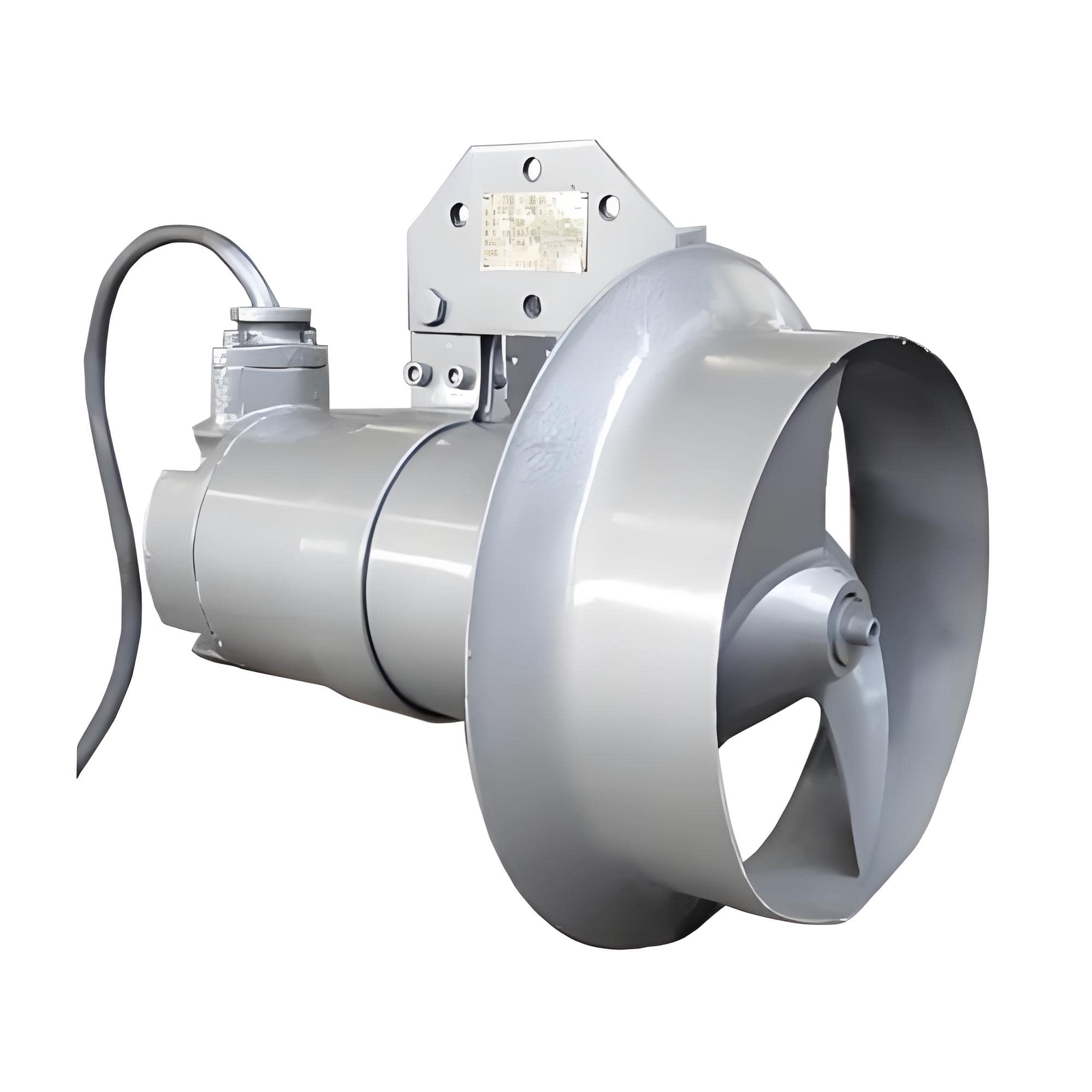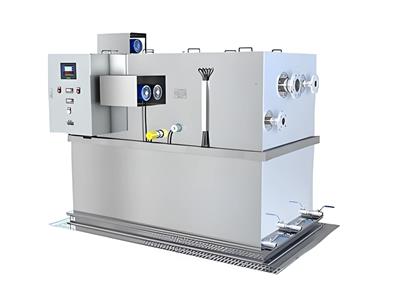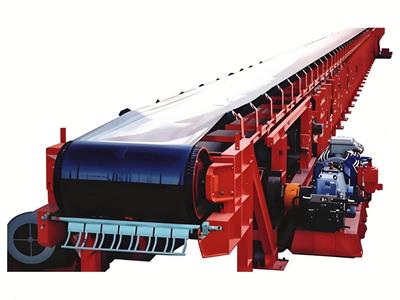- 2025-07-09
acidity
Acidity as a Water Quality Indicator Analysis
Definition and Measurement
Acidity characterizes the total concentration of hydrogen ions (H⁺) in water, quantified through pH:
pH scale: 0-14 (at standard conditions of 25°C)
Acidity determination: pH < 7.0 (neutral water pH = 7.0)
Detection method:
Electrode method (GB/T 6920-1986) accuracy ±0.01pH
Methyl orange titration method (total acidity determination)
Key Influences on Water Treatment
pH Range Water Quality Characteristics Treatment Process Risks
<6.5 Increased Corrosivity Metal pipe corrosion rate > 0.5 mm/a
6.5-7.5 Ideal Operational RangeOptimal coagulant performance range
> 7.5 Scale tendency increased CaCO₃ saturation > 300%
Industrial control requirements
■ Drinking water: pH 6.5-8.5 (GB 5749-2022)
■ Wastewater discharge: pH 6-9 (GB 8978-1996)
Boiler feedwater: pH 8.5-9.2 (for scale inhibition and corrosion prevention)
Acidity control technology
Acidic water treatment
Alkali addition: Ca(OH)₂ / NaOH (theoretical addition ratio 1 mg of acidity requires 0.74 mg of CaCO₃)
Aeration decarbonation: CO₂ stripping rate > 80% (pH increased to 8.3)
Alkaline water treatment
CO₂ acidification: pH controlled precisely ±0.2 (addition of food-grade CO₂)
Weak acid resin desalination: total alkalinity reduced by ≥90%






